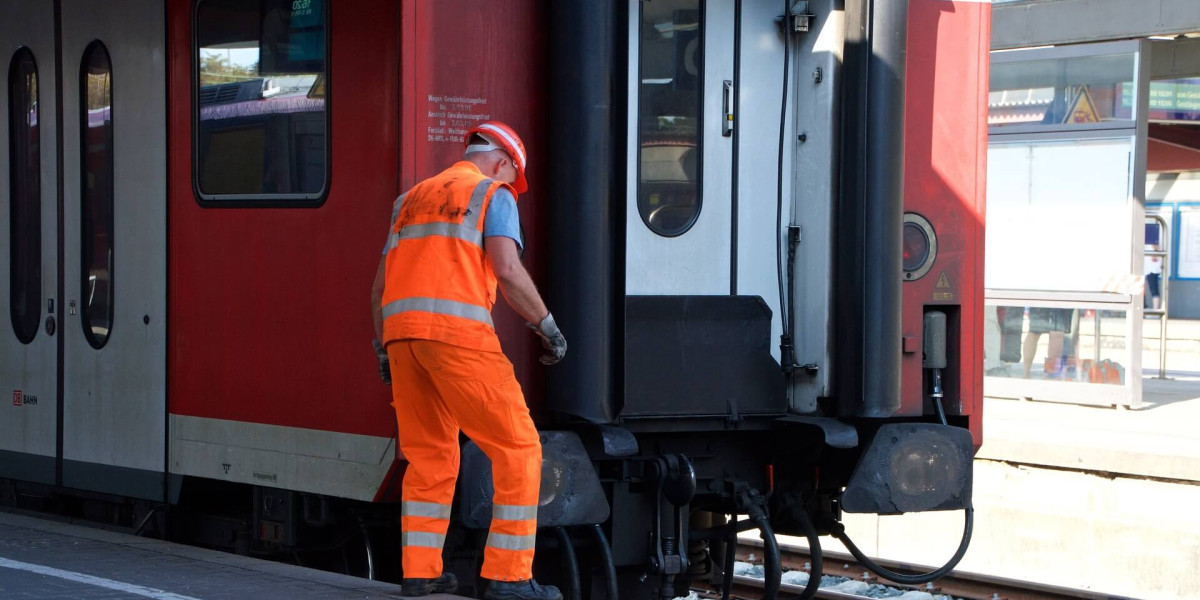Selective Catalytic Reduction (SCR): A Key Technology for Emission Control
Introduction
Selective Catalytic Reduction (SCR) is an advanced technology used to reduce nitrogen oxides (NOx) emissions from the exhaust of diesel engines. It is a crucial component in meeting stringent environmental regulations and improving air quality. This article delves into the principles, operation, benefits, challenges, and future prospects of SCR technology.
How SCR Works
SCR technology operates by injecting a reductant, typically urea or ammonia, into the exhaust stream of a diesel engine. The process involves several key steps:
Injection of Reductant: Urea (in the form of aqueous urea solution, often referred to as Diesel Exhaust Fluid or DEF) is injected into the exhaust gases.
Chemical Reaction: As the exhaust gases pass through the SCR catalyst, a chemical reaction occurs. The urea decomposes into ammonia (NH₃) and reacts with nitrogen oxides (NOx) in the presence of the catalyst, converting them into harmless nitrogen (N₂) and water (H₂O): 2NO+2NH3→N2+3H2O2NO+2NH3→N2+3H2O
Catalyst Types: The catalysts used in SCR systems are typically made of materials such as titanium dioxide (TiO₂) and vanadium pentoxide (V₂O₅), which facilitate the reduction of NOx at specific temperature ranges.
Benefits of SCR
Significant NOx Reduction: SCR systems can reduce NOx emissions by up to 90%, making them highly effective in meeting regulatory standards.
Improved Fuel Efficiency: By optimizing combustion processes and reducing the need for excess air, SCR can enhance the overall fuel efficiency of diesel engines.
Compatibility with Various Engines: SCR technology can be integrated into a wide range of diesel engines, including those used in trucks, buses, and industrial machinery.
Environmental Compliance: SCR helps manufacturers comply with stringent emissions regulations, such as the Euro 6 standards in Europe and EPA regulations in the United States.
Challenges of SCR
Cost: The initial investment and maintenance costs for SCR systems can be significant, especially for smaller operators or manufacturers.
Urea Supply and Handling: The need for a separate urea tank and the handling of DEF can pose logistical challenges. Users must ensure that the DEF is replenished regularly to maintain optimal performance.
Temperature Sensitivity: SCR systems operate effectively within specific temperature ranges. Cold weather can affect the performance of the catalyst, potentially leading to increased emissions during startup.
Potential for Ammonia Slip: If not properly managed, unreacted ammonia can escape into the atmosphere, leading to "ammonia slip," which can have environmental impacts.
Future Prospects
The future of SCR technology looks promising, driven by increasing regulatory pressures and advancements in engine design. Key trends include:
Integration with Hybrid Systems: As the automotive industry moves toward hybrid and electric vehicles, SCR technology may be adapted for use in combination with alternative powertrains to further reduce emissions.
Research and Development: Ongoing research aims to improve the efficiency of SCR systems, including the development of new catalyst materials and designs that can operate effectively at lower temperatures.
Broader Applications: Beyond diesel engines, SCR technology is being explored for use in other sectors, such as power generation and industrial processes, where NOx emissions are a concern.
Selective Catalytic Reduction is a vital technology for reducing harmful NOx emissions from diesel engines, contributing to cleaner air and compliance with environmental regulations. While challenges exist, the benefits of SCR in enhancing fuel efficiency and meeting stringent emission standards make it a critical component in the transition toward more sustainable transportation solutions. As technology advances, SCR will likely play an even more significant role in the automotive and industrial sectors, helping to pave the way for a greener future.






